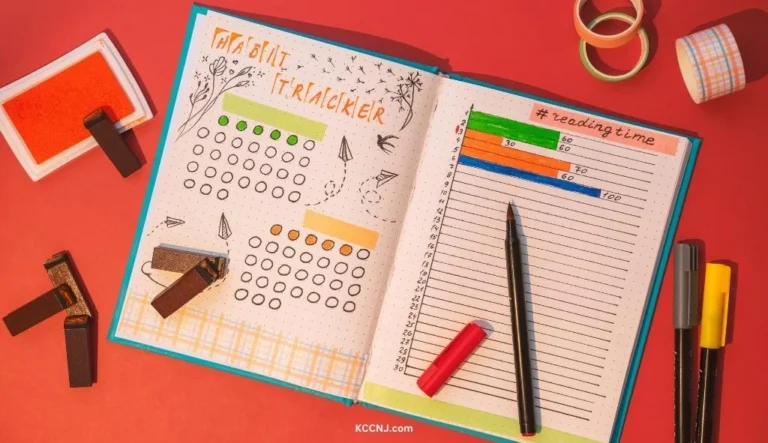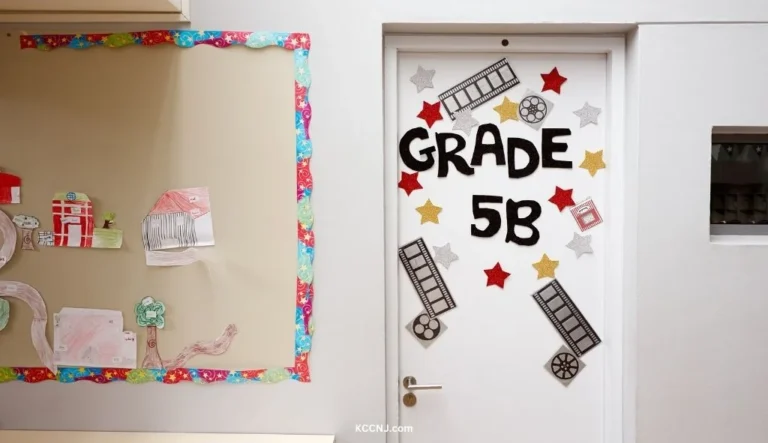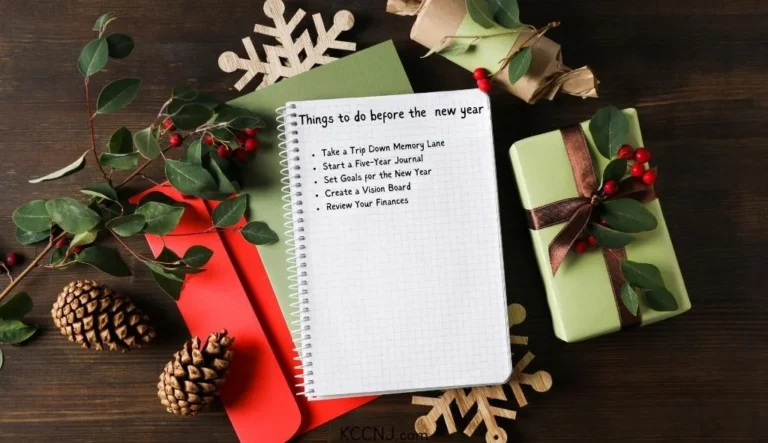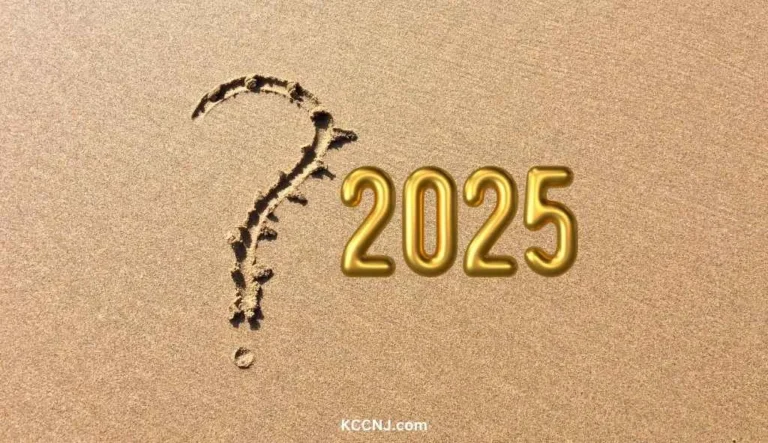Chinese New Year Masks: 9 Traditional & Modern Ideas 2025
Chinese New Year masks are colorful, symbolic decorations worn during Lunar New Year celebrations. They represent various characters, animals, and deities, bringing good fortune and warding off evil spirits during festivities.
The Significance of Chinese New Year Masks
Chinese New Year masks play a crucial role in the cultural celebrations of the Lunar New Year. These masks are not just decorative items but carry deep symbolic meaning and historical importance.
Origins and History
The use of masks during Chinese New Year celebrations dates back centuries. Originally, masks were used in shamanic rituals and exorcisms. Over time, they evolved to become an integral part of festive celebrations, particularly during the Lunar New Year.
Masks were initially used to communicate with the deceased and perform religious rites. Shamans wore these masks to provide a link between the living and the dead. As Chinese culture developed, the use of masks expanded beyond religious purposes and became a part of entertainment and celebration.
Types of Chinese New Year Masks
There are several types of masks used during Chinese New Year celebrations:
- Dragon Masks: These are among the most iconic and important masks in Chinese culture. Dragon masks symbolize good fortune, prosperity, and strength. They are often large and elaborate, requiring multiple people to operate during dragon dances.
- Lion Masks: Used in lion dances, these masks represent the mythical monster Nian. According to legend, Nian was driven away from Guangdong, and the lion dance commemorates this event.
- Opera Masks: While not specific to Chinese New Year, these masks are often seen during festive performances. They depict various characters and their traits through specific colors and designs.
- “Big Head” Buddha Masks: These oversized masks are worn by performers who follow lion dancers in parades. They represent various characters, including old men and women.
- Zodiac Animal Masks: Masks representing the animal of the current zodiac year are popular during New Year celebrations.
Maks Ideas for Chinese New Year 2025
- Traditional Dragon Mask: A colorful, elaborate dragon mask with intricate details, symbolizing power and good fortune.
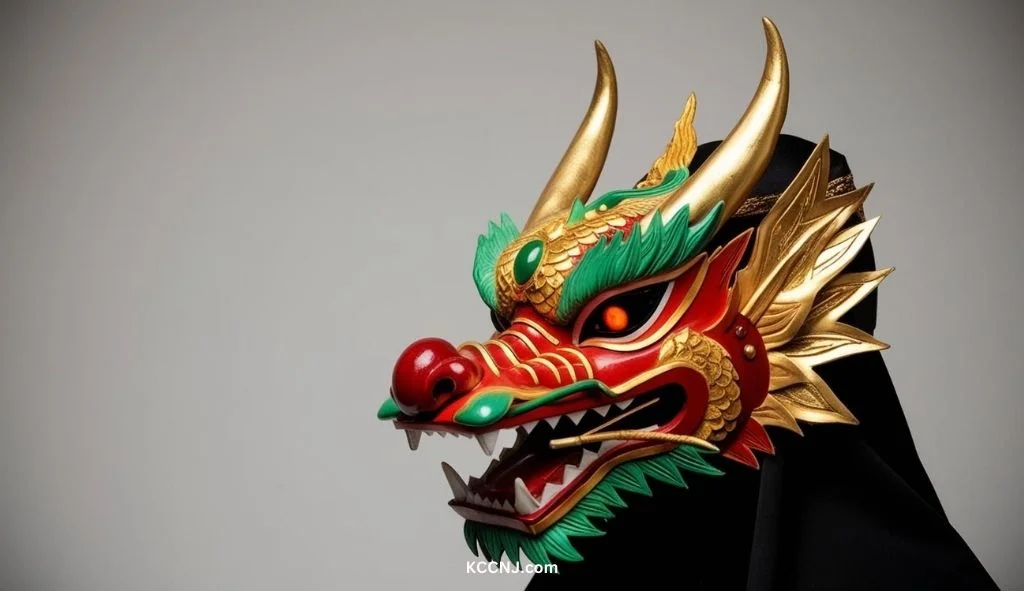
- Lion Dance Mask: A large, expressive lion head mask used in lion dance performances to ward off evil spirits.
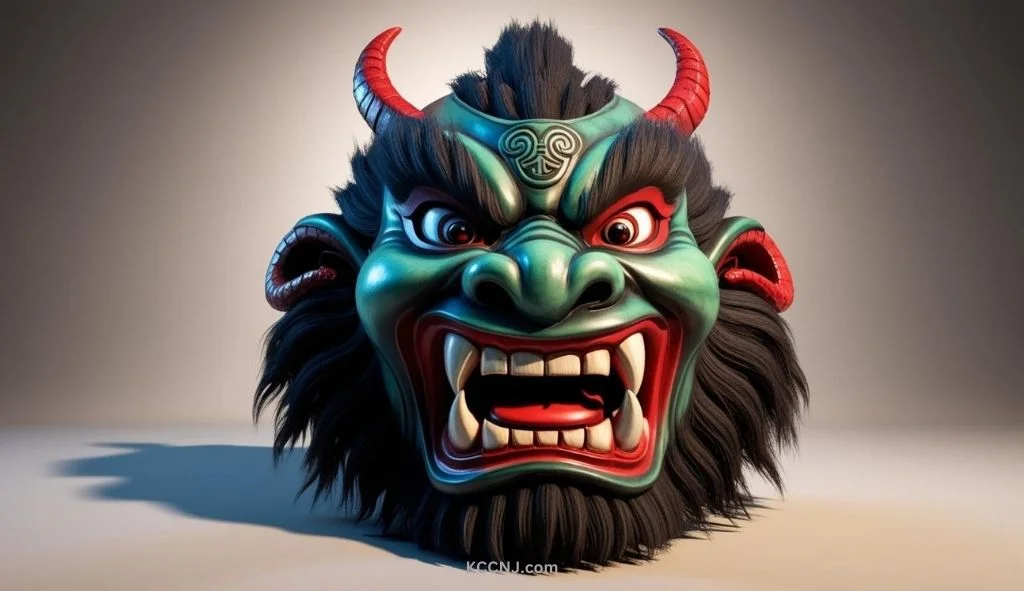
- Zodiac Animal Mask: A mask representing the animal of the zodiac year, such as the dragon for 2024.
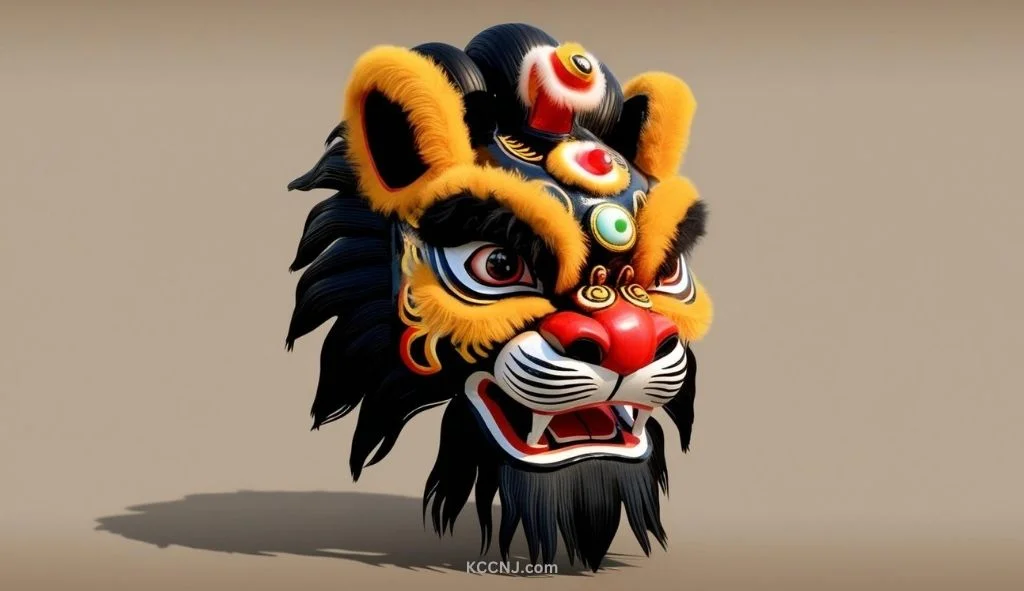
- Opera-Style Mask: A painted cloth mask inspired by Chinese opera, depicting various characters and their traits.
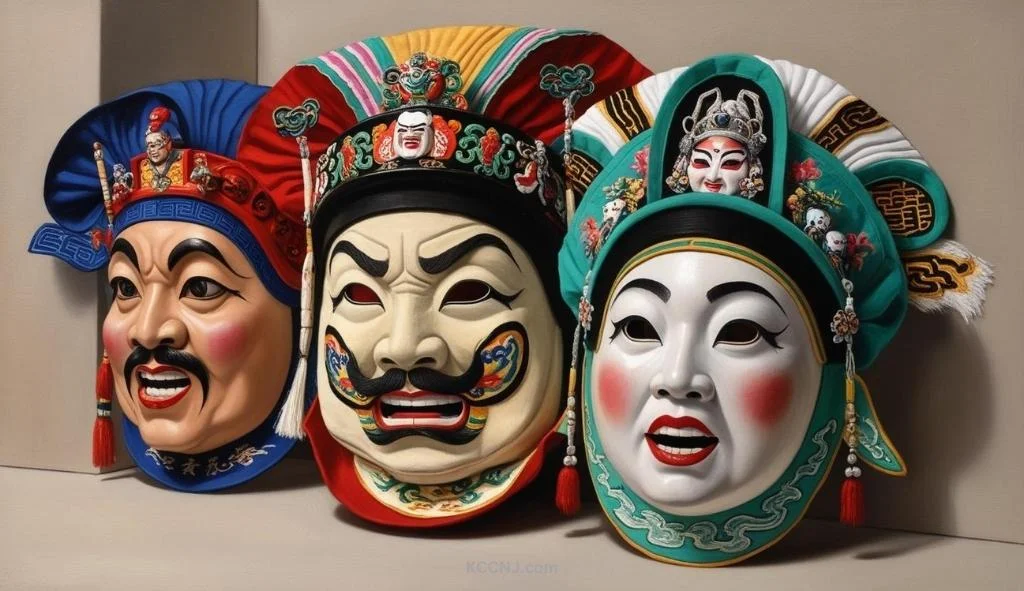
- “Big Head” Buddha Mask: An oversized, cheerful mask worn in parades, often representing prosperity and happiness.
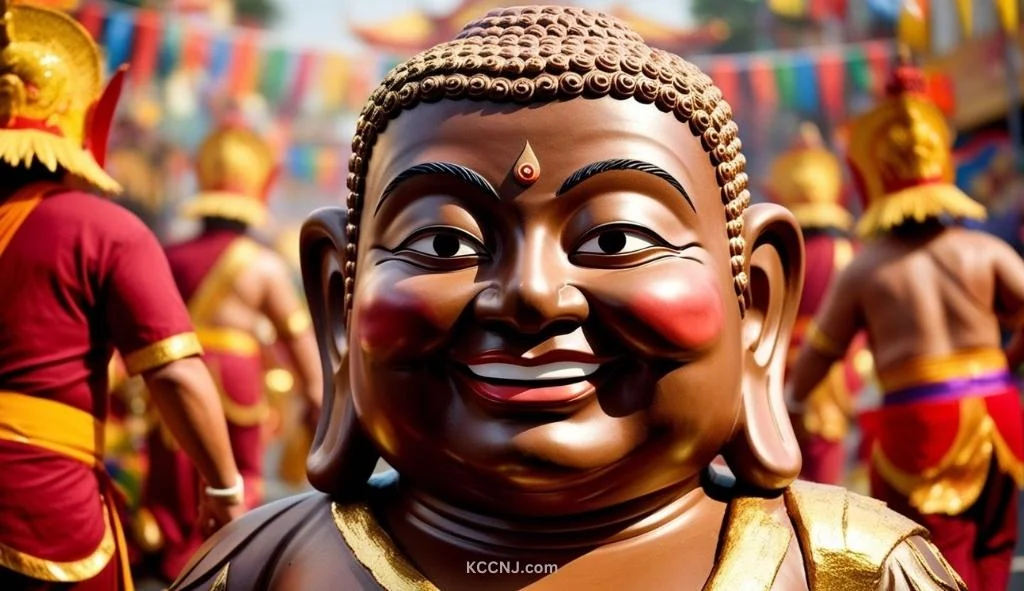
- Paper-Cut Mask: A delicate mask made using traditional Chinese paper-cutting techniques, featuring auspicious symbols.
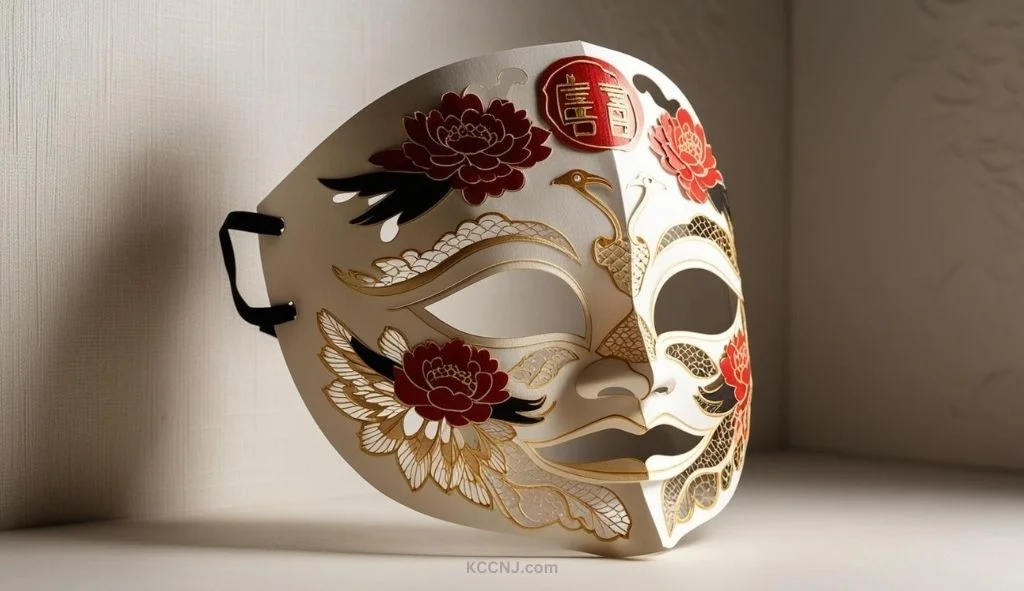
- Modern Fusion Mask: A contemporary design blending traditional Chinese elements with modern artistic styles.
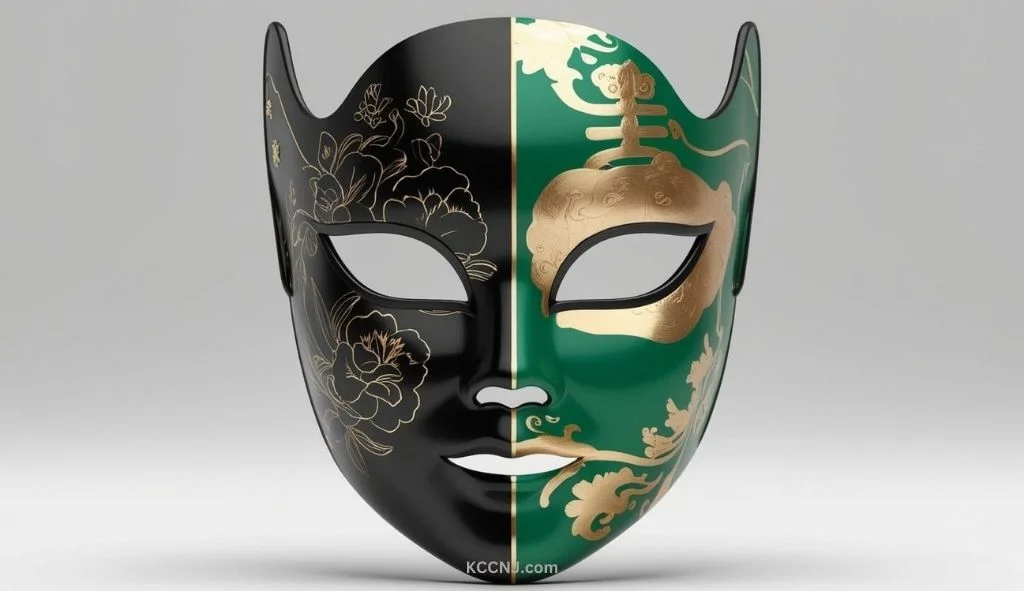
- Paper Plate Snake Mask 2025: Create a colorful snake face on a paper plate using green paint, yellow patterns for scales, and googly eyes. Cut out a mouth shape and attach an elastic string for wearing.
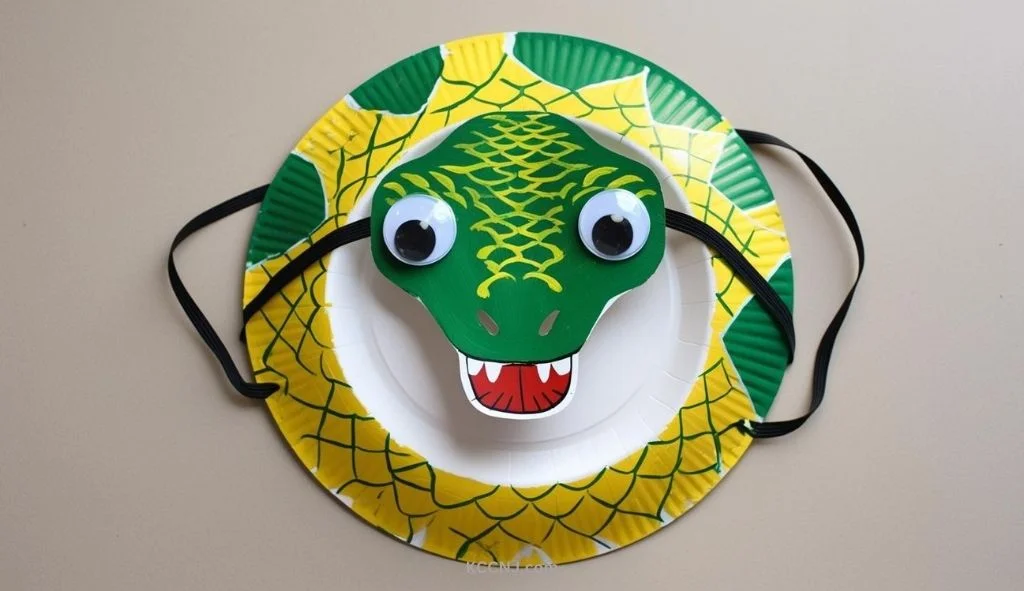
- Origami Snake Mask 2025: Fold a large piece of green origami paper into a snake shape. Add details with markers and attach to a stick for holding up to the face.
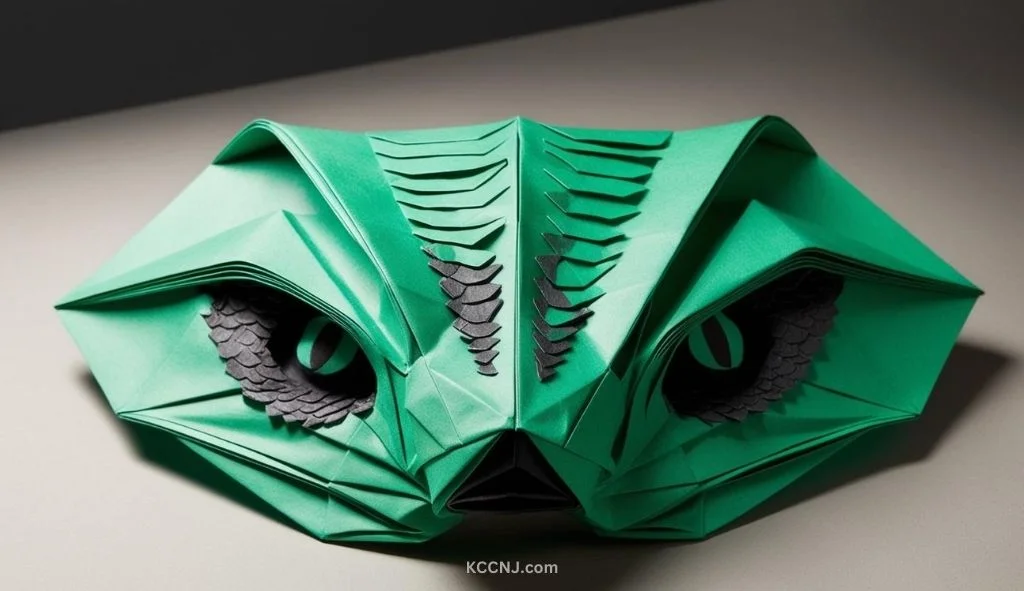
Symbolism and Meaning
Chinese New Year masks are rich in symbolism. Each color, design, and character represented has a specific meaning:
- Red: This color is predominant in many masks as it symbolizes good luck, prosperity, and happiness.
- Gold: Often used in dragon masks, gold represents wealth and divinity.
- Black: In opera masks, black typically represents neutrality and impartiality.
- Green: This color can symbolize growth and harmony, but in opera masks, it might represent a violent or impulsive character.
The characters depicted on masks also carry significance. For example, dragon masks are symbols of power, strength, and good fortune. Lion masks are believed to chase away evil spirits and bring good luck.
Making and Design of Chinese New Year Masks
The creation of Chinese New Year masks is an art form that requires skill, creativity, and an understanding of cultural symbolism.
Materials Used
Chinese New Year masks are made from a variety of materials:
- Paper Maché: This is a common material for lightweight, decorative masks.
- Wood: Wooden masks are more durable and often used for performances.
- Cloth: Some masks, especially those used in opera, are made of painted cloth.
- Metal: Less common, but used for some ornate designs.
- Stone: Historically, some masks were carved from stone, though this is rare in modern times.
Design Process
The design of Chinese New Year masks involves several steps:
- Conceptualization: Artists decide on the character or animal to be represented and its symbolic meaning.
- Sketching: A detailed sketch is made, outlining the features and colors to be used.
- Base Creation: The base of the mask is formed using the chosen material.
- Painting and Decoration: The mask is painted with vibrant colors and decorated with additional elements like feathers, fur, or sequins.
- Finishing: Final touches are added to bring the mask to life.
Color Symbolism in Mask Design
Colors play a crucial role in the design and meaning of Chinese New Year masks:
- Red: Symbolizes good fortune, joy, and prosperity.
- Gold: Represents wealth and divinity.
- Green: Can symbolize growth and harmony.
- Blue: Often represents wisdom or calmness.
- Black: In opera masks, it can represent neutrality or integrity.
- White: Sometimes used to depict villainous or treacherous characters in opera masks.
Regional Variations
Different regions in China have their own unique styles of mask-making:
- Tibetan Masks: Often feature animal, human, or demon forms and are intricately decorated with pearls and shells.
- Sichuan Opera Masks: Known for their bright colors and dramatic facial expressions.
- Northern Chinese Masks: Tend to be more stylized and abstract in design.
Use of Masks in Chinese New Year Celebrations
Chinese New Year masks are not just decorative items; they play an active role in various celebrations and performances during the Lunar New Year period.
Lion and Dragon Dances
One of the most prominent uses of masks during Chinese New Year is in lion and dragon dances. These performances are believed to bring good luck and ward off evil spirits.
- Lion Dance: Performers wear large lion head masks and costumes. The dance mimics a lion’s movements and is accompanied by drums and cymbals.
- Dragon Dance: A larger-scale performance where multiple performers manipulate a long, serpentine dragon puppet. The dragon’s head is often an elaborate mask.
These dances are performed in streets, at businesses, and during community gatherings. They are believed to bring prosperity and good fortune for the coming year.
Parades and Street Performances
Masks are a key feature in Chinese New Year parades:
- “Big Head” Buddha Masks: Performers wearing oversized masks of various characters follow lion dancers in parades.
- Zodiac Animal Masks: Masks representing the animal of the current zodiac year are often featured.
- Traditional Character Masks: Masks depicting historical or mythological figures are worn by parade participants.
These parades are colorful, lively events that draw large crowds and are central to community celebrations of the Lunar New Year.
Theatrical Performances
Chinese opera performances often feature during New Year celebrations:
- Opera Masks: These intricately designed masks help the audience quickly identify characters and their traits.
- Storytelling: Masked performers often enact traditional stories or legends.
These performances not only entertain but also serve to preserve and share cultural heritage.
Home Decorations
Many families decorate their homes with masks during the New Year period:
- Wall Decorations: Small, ornamental masks are hung on walls as decorative items.
- Door Guardians: Masks or images of protective deities are placed on doors to ward off evil spirits.
Modern Interpretations and Global Influence
While deeply rooted in tradition, Chinese New Year masks have evolved and adapted to modern times, influencing global culture and fashion.
Contemporary Art and Design
Modern artists and designers have taken inspiration from traditional Chinese New Year masks:
- Fashion: Mask motifs appear in clothing and accessory designs, especially during Lunar New Year collections.
- Contemporary Art: Artists incorporate mask imagery into paintings, sculptures, and digital art.
- Graphic Design: Mask designs are used in logos, branding, and marketing materials, particularly for Lunar New Year campaigns.
Global Celebrations
As Chinese communities have spread globally, so has the influence of Chinese New Year masks:
- International Parades: Many cities worldwide now host Chinese New Year parades featuring traditional masks.
- Cultural Exchange: The use of masks in celebrations has been adopted by non-Chinese communities as a way to participate in Lunar New Year festivities.
Educational Value
Chinese New Year masks serve an educational purpose:
- Cultural Learning: They provide a tangible way for people to learn about Chinese culture and traditions.
- Art Education: Mask-making workshops are popular in schools and community centers during the Lunar New Year period.
Digital Adaptations
In the digital age, Chinese New Year masks have found new forms:
- Virtual Masks: Social media platforms offer virtual mask filters for users to celebrate online.
- Video Games: Mask designs are incorporated into game characters and themes, especially in games with Chinese cultural elements.
Environmental Considerations
There’s a growing awareness of the environmental impact of disposable masks:
- Eco-Friendly Materials: More mask-makers are using recyclable or biodegradable materials.
- Reusable Designs: Emphasis on creating masks that can be used for multiple celebrations.
Cultural Exchange and Understanding
Chinese New Year masks continue to serve as a bridge between cultures:
- International Workshops: Mask-making workshops are held globally, promoting cultural understanding.
- Collaborative Projects: Artists from different cultures collaborate on mask designs, creating fusion styles.


